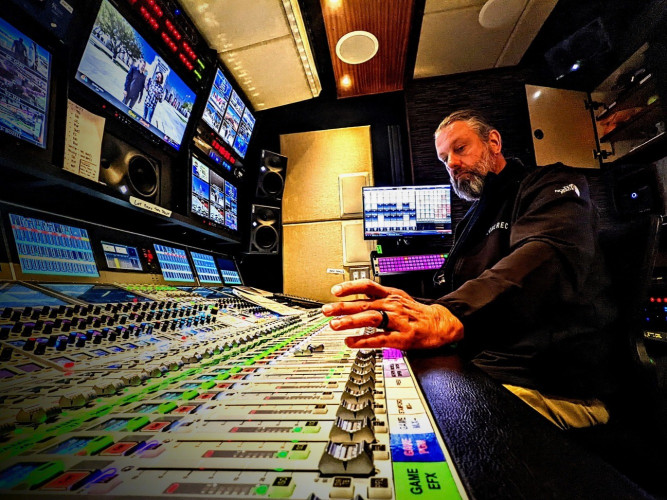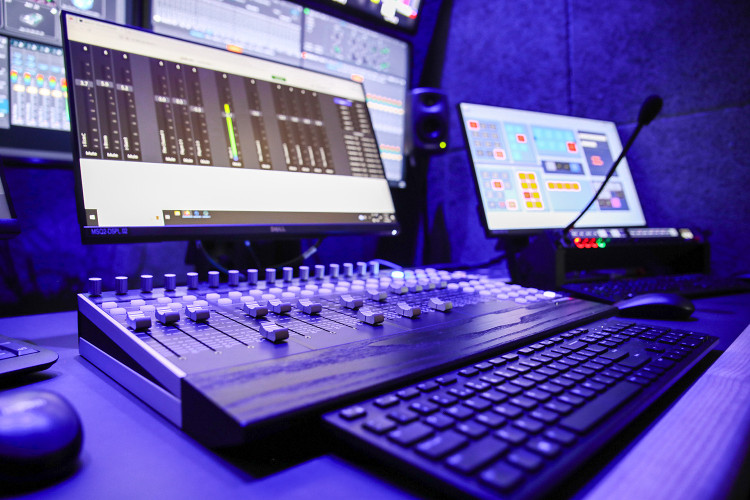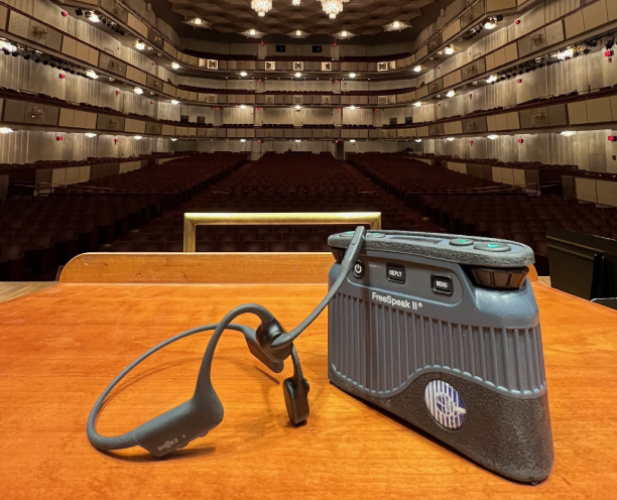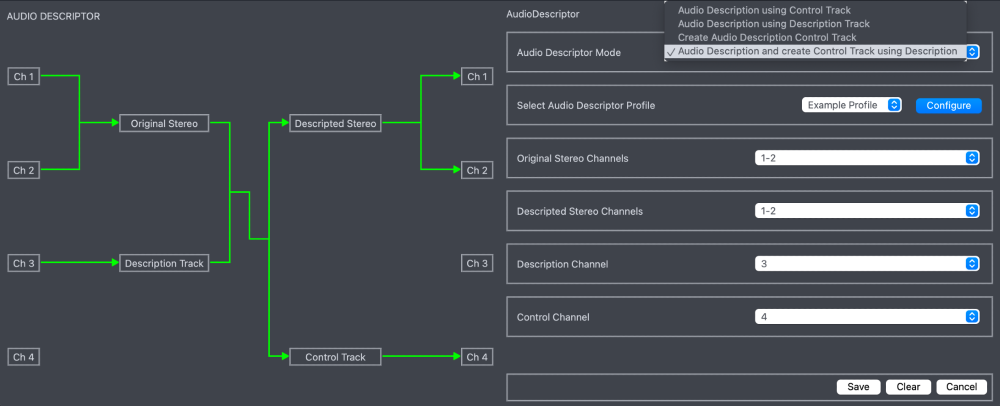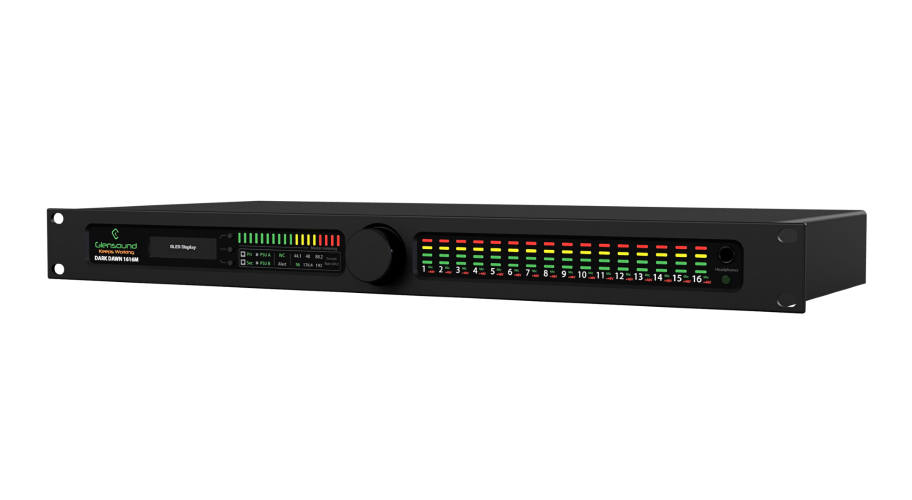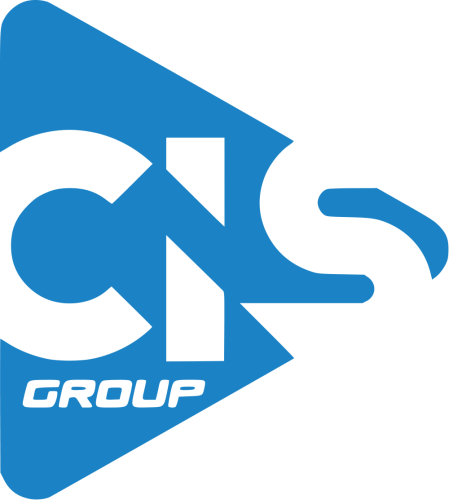Ask the experts......Intercoms for outside broadcasts

Author: Kieron Seth#
Published 1st April 2012
Ask the experts – intercoms for outside broadcasts
Barry Spencer, Trilogy Communications
I just assume outside broadcast trucks come with an intercom. Why do I need to even think about it?
The first big point is that an outside broadcast is not just a control room on wheels. It is an event. And that means communications beyond the truck.
Within the production you probably have more than one control room. If you are covering sports you will have what some of us still quaintly call the VTR truck, full of servers and excitable server operators. If it is a music event there will probably be a separate vehicle dedicated to sound recording.
There is the event itself, which may have its own communications network. You do not want the teams running onto the pitch while you are on a commercial break, but trying to call the tunnel on a mobile phone to get the players to wait is not going to be practical. At Glastonbury you do not want the headline act to rock into their opening number until you have got the servers into record.
That is what floor managers are for. Why does it affect the choice of intercom?
Talking to your own floor manager is great for those go/no go moments. But sometimes you need to know more than that, and understanding what the event is doing makes covering it easier.
If you are broadcasting live – sport, for instance – then the broadcast playout centre is a part of our outside broadcast. Timings are bound to be unpredictable and plans change, both at the event and in the broadcast schedule. It is easier to discuss these rather than send text messages or put up a cue dot to warn a break is coming.
So you are saying that the broadcaster, the OB truck and the sports stadium should all be on one giant intercom?
No, definitely not. But you should be able to link the intercoms simply. The transmission controller should find, for the duration of the live event, one or more buttons on the intercom panel which go direct into the OB network. Similarly, the director in the truck should be able to access the event network.
Give the people that need it the ability to talk to each other, clearly and instantly.
Sounds good. How?
The latest generation of intercoms, like Trilogy’s Gemini, use IP for connectivity and communication.
The internet protocol is universal, and will go down any data circuit and ethernet switch that has enough bandwidth. Thanks to the might of the telecoms industry audio codecs are standardised. The G.722 codec gives a nice 7kHz bandwidth with an encoding delay of just 3ms (so effectively no latency) and fits in 64kb/s which should not be a problem for any data circuit today.
Another useful standard, the session initiation protocol or SIP, defines how a call from point to point is set up. IP intercoms are peer-to-peer systems: they do not need a central matrix, just a network connection between all stations and a server-based look-up table for IP addresses.
Recently the EBU determined these standards as the recommended practice for broadcast intercoms. Coming from the telecoms world they are already widely supported. Making connections between, say, multiple Gemini installations – however far apart they are – is a breeze. Connections between different vendors’ IP intercoms will become simpler as the standards are implemented.
An IP intercom sounds complicated. Is it going to be tough to rig and operate?
No and no.
It is much easier to rig, because all you are doing is using ethernet bandwidth. No need to pull in special multi-core cables for the intercom. Just plug in RJ-45s. With rig times cut as short as possible, that is good news.
Operationally, we have to accept that there are a lot of different users who have different requirements from an intercom. There is a current trend to put a sports pundit out in the stands with an EVS operator and a telestrator. They need to be in constant contact – but you should not risk confusing them with an over-complicated control panel.
The great advantage of an IP system is that you can use intelligent control panels which can be dynamically configured as required. So on a simple touchscreen panel you can put the people most likely to be called from that location. The next panel will have a completely different set of contacts. That satisfies the degree of simplicity that many people on the project require: a big button for push to talk, along with a rotary control to turn up the volume to hear the response.
Even the names on the buttons will change. While in racks the video engineer might want to talk to camera 1, the director – who works with the same crew week in, week out – will want to talk to John. Same destination: just different names on the buttons.
All this is set up once then stored as a configuration file, one for each regular event. So set the intercom up for the way the rugby director likes to work, shoot the game and store the configuration. The truck goes off to do an opera and some light snooker, but the next time it pulls up to Twickenham you load a file and the intercom is instantly set up again, from IP addresses to names.
Can IP intercoms cope with a lot of simultaneous conversations?
Because it is a peer-to-peer network, in theory any station can talk to any other, and everyone can be doing it at the same time. It is very unlikely that this would ever happen, but we have planned for it.
The architecture of our Gemini system is based on a 32 x 32 matrix. Any of those ports can be an interactive intercom panel, or a headset, or a wireless link, or even a simple SIP phone (you can buy them for tens of pounds). If you have Wifi then an app on a mobile can turn it into a SIP phone, which means it can be a station on the intercom.
Up to eight of these matrices can be connected together on a single network, giving you a 256 x 256 system which can support 238 simultaneous conversations – everyone to everyone. If you need more than 256 stations just connect to another network, the way you connect to other networks like the stadium or the broadcast centre.
What happens if the network goes down?
There are two levels of redundancy. First, there are two networks; second, each network is a ring, so if it is broken at any point the data simply goes the other way around to reach each matrix.
The first ring uses a proprietary format, which gives 20kHz audio quality for each channel (48kHz 16 bit). That allows it to carry programme audio as a cue feed, for example. To support all those simultaneous conversations, this high quality circuit is a 270Mb/s ASI stream, over Cat 5 copper or fibre.
The second network is used for the control and configuration messages over IP, and as a back-up audio path using the codecs I talked about earlier. Typically this will be 7kHz quality, but you can trade off latency and audio quality for bandwidth, for instance if you want to link to SNG trucks over satellite.
20kHz audio – can we use this for programme sound?
No reason at all why you should not carry programme audio over the intercom network, as a backup to the normal embedded signal or audio router.
What about quality of service?
The high quality network will be dedicated to the intercom, so latency and jitter should not be a problem.
Over the secondary network, which is likely to be shared with other enterprise connectivity, then care has to be taken. IP was developed on the basis of getting the data from A to B by any means possible and reassembling it when it gets there. It does not really matter if the packets making up an email travel by different routes and arrive in the wrong order, because the IP format means it can be corrected before it is presented.
In a realtime application like an intercom then jitter and packet delays can cause problems. Putting in a big buffer eliminates the problems but introduces so much latency that conversations become difficult. The solution is to use small packets – the Trilogy system has just 2ms of audio in each packet – and enterprise class switches that support prioritised packet switching and differentiated services.
Is this available now?
Yes, all of this is proven technology which is delivered and in service with major broadcast players. For us at Trilogy it is the second generation IP intercom. If you have a first generation IP intercom it can be integrated simply, and earlier analogue and digital systems can also be interconnected.
The real benefits, though, will come when everyone migrates to IP connectivity. Thanks to the use of open standards – which the EBU is actively promoting – it will become common practice to link intercoms so that there will be no barriers to communication.



